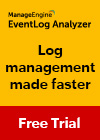How to View Hidden Files and Folders In Windows 8 & 8.1
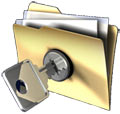 Windows 8 & 8.1 hides two types of files so that normally, you do not see them while exploring your computer. The first type is the files or folders with their 'H' attribute set to make them hidden. The other type is Windows System files. The reason behind hiding these files is that users could inadvertently tamper with them or even delete those causing the operations of Windows 8/8.1 to fail. This article explains how you can configure Windows 8 or 8.1 to show all hidden files and folders, plus show Windows system files.
Windows 8 & 8.1 hides two types of files so that normally, you do not see them while exploring your computer. The first type is the files or folders with their 'H' attribute set to make them hidden. The other type is Windows System files. The reason behind hiding these files is that users could inadvertently tamper with them or even delete those causing the operations of Windows 8/8.1 to fail. This article explains how you can configure Windows 8 or 8.1 to show all hidden files and folders, plus show Windows system files.
You can change the behavior of your Windows 8/8.1 computer to show hidden files by changing the settings in the Folder Options screen. There are two primary ways you can reach the Folder Options screen. Both are analysed below:
Windows 7 users can also refer to our How to View Hidden Files and Folders In Windows 7 article
Method 1: Making Hidden & System Files Visible From Windows Explorer
Begin from the Start Screen by closing down all open applications.
Step 1: Tap/click on the Desktop tile to bring up the Windows Desktop.
Step 2: Tap/click on the Files Explorer icon in the Panel at the bottom left hand side of your Desktop:
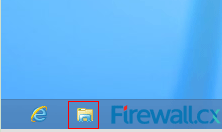 Figure 1. Icons in the Windows Panel
Figure 1. Icons in the Windows Panel
When the Explorer window opens, expand the Ribbon by pressing the keys Ctrl+F1 together, or by tapping/clicking on the Down-Arrow at the top right hand corner of the window panel. Next, tap/click on the View tab and then on the Local Disk (C:) option. Tap/click on Large Icons option in the ribbon to see the folders.
Within the ribbon, if you tap/click to place a check mark in the checkbox against the Hidden items options, all hidden folders and files will become visible and will show up with semi-transparent icons:
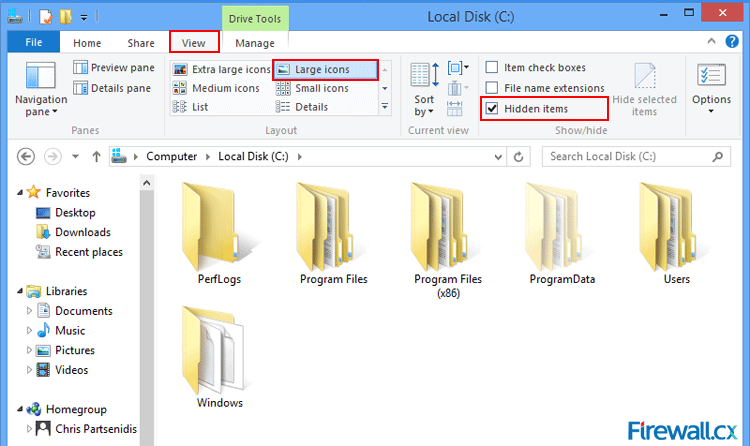 Figure 2. File Explorer showing hidden folders and files
Figure 2. File Explorer showing hidden folders and files
Method 2: Making Hidden & System Files Visible From The Folder Options
Starting from any screen, swipe in from the right hand edge or tap/click on the bottom right hand corner of the screen to bring up the Charms:
 Figure 3. Windows Charms
Figure 3. Windows Charms
Tap/click on the Search icon and type “Control” within the resulting dialog box. Within the search results displayed, you will find Control Panel – tap/click on this to bring up the Control Panel:
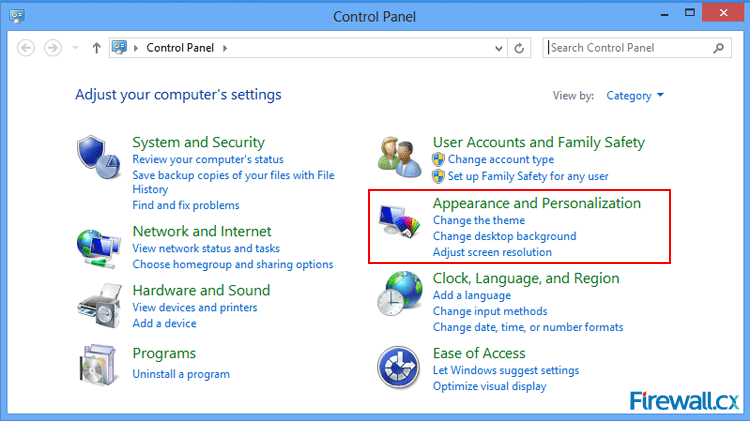 Figure 4. Control Panel
Figure 4. Control Panel
Tap/click on the Appearance and Personalization link, which will open up the Appearance and Personalization screen.
Next, Tap/click on the Folder Options link or the Show hidden files and folders link to bring up the Folders Option screen:
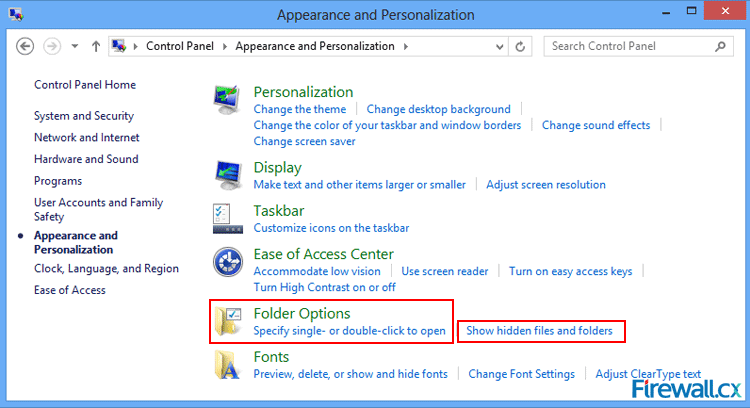 Figure 5. Control Panel - Folder Options
Figure 5. Control Panel - Folder Options
Another way to reach the Folder Options is from File Explorer. In the View tab, tap/click on Options (ribbon expanded) to get a link for Change folder and search options. Tap/click on the Change folder and search options link to open up the Folder Options window.
Click on either Folder Options or Show hidden files and folders to reach the Folder Options screen as shown below:
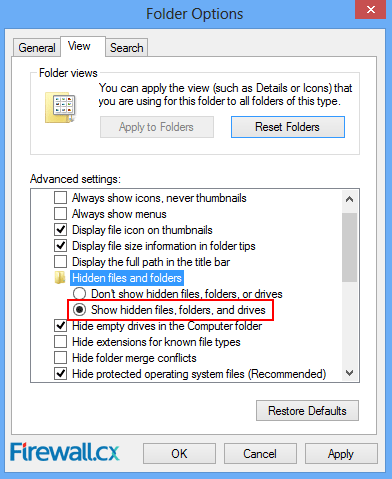 Figure 6. Folder Options Screen
Figure 6. Folder Options Screen
In the Folder Options screen, click on the View tab, go to the Hidden files and folders option and click on the radio button under it labeled as Show hidden files, folders and drives. This will change all the invisible hidden and system files and folders and make them visible.
It is important to see the file extension to know a file type - normally, Windows keeps this hidden. While still in the Folder Options screen, go to the label Hide extensions for known file types and remove the checkmark against it.
As mentioned in the beginning of our article, Windows hides files belonging to the operating system. To make these visible, click and uncheck the label Hide protected operating system files (Recommended). At this time, Windows will warn you about displaying protected system files and ask you whether you are sure about displaying them – Click on the Yes button.
To make the changes effective, click on the Apply button and subsequently on the OK button. All screens will close and you will be back to your Desktop.
The folders with the semi-transparent icons are the hidden folders, while those with fully opaque icons are the regular ones.
If you do not want Windows 8/8.1 to show hidden files and folders, follow the reverse procedure above in the Folder Options screen.
Your IP address:
18.188.162.87
Wi-Fi Key Generator
Follow Firewall.cx
Cisco Password Crack
Decrypt Cisco Type-7 Passwords on the fly!













